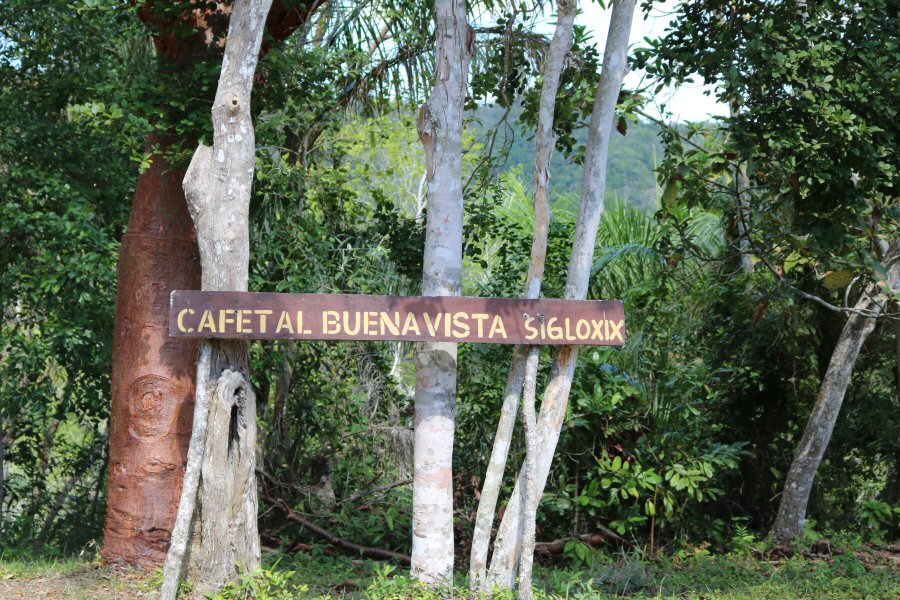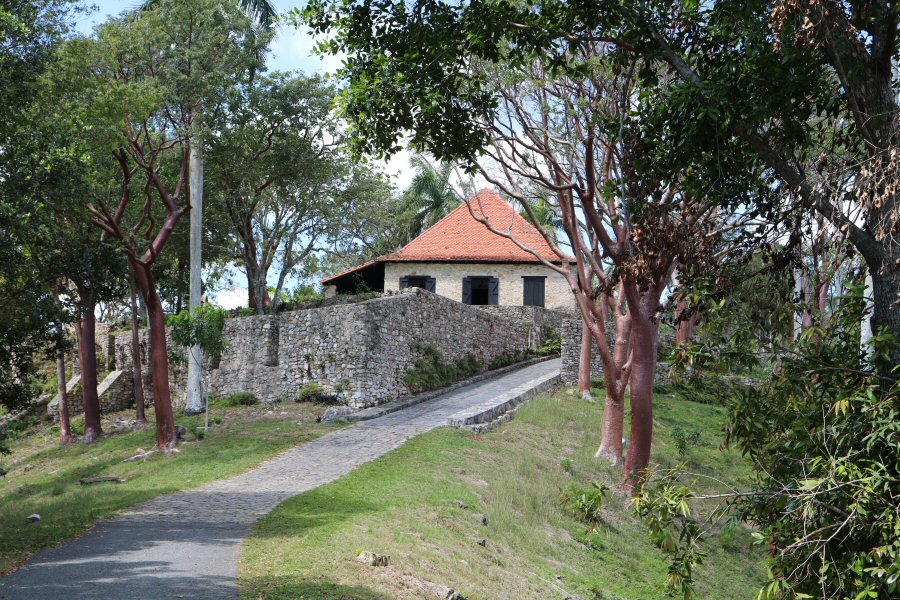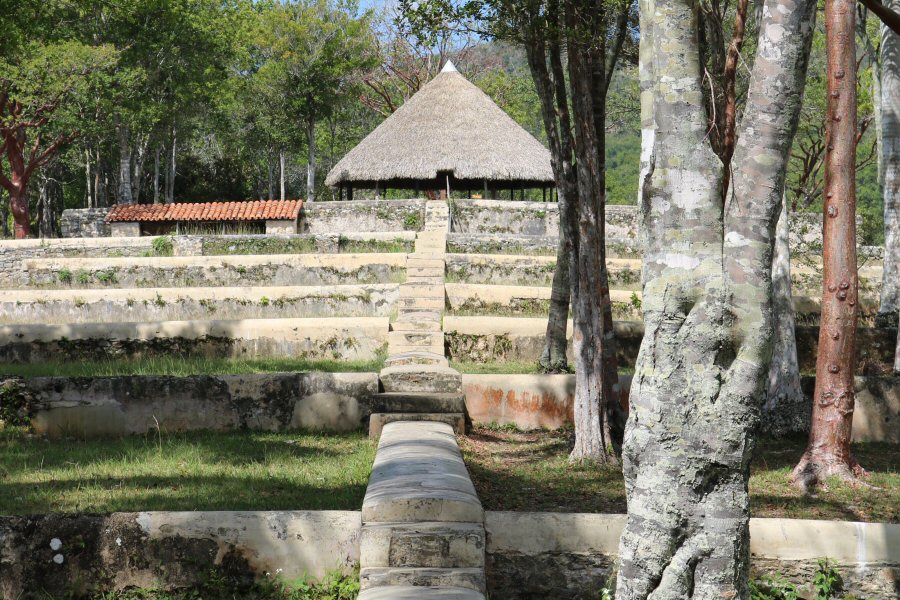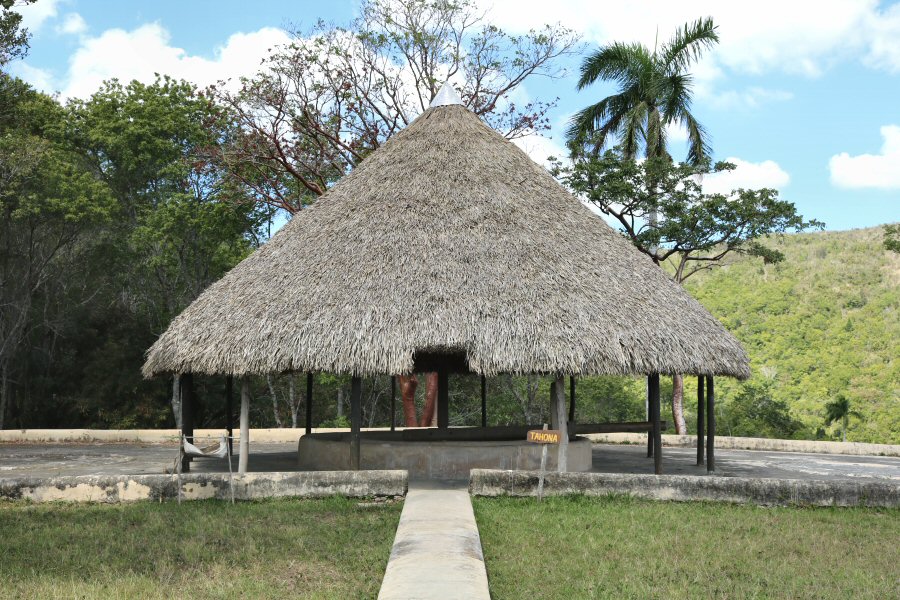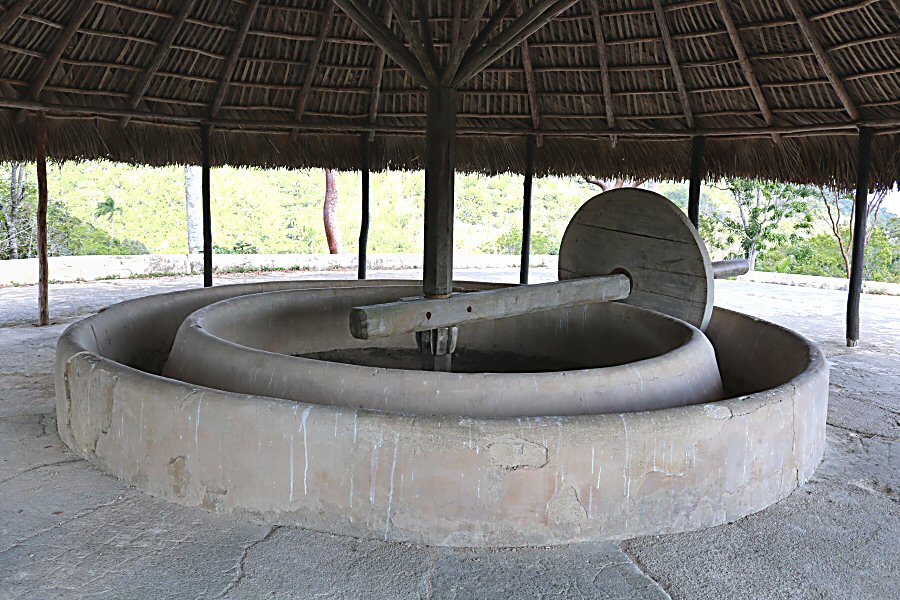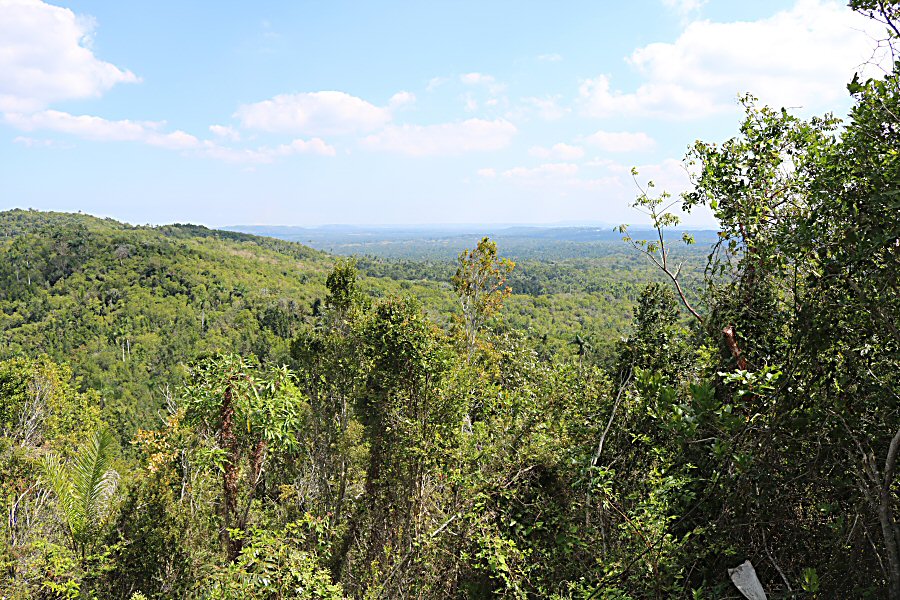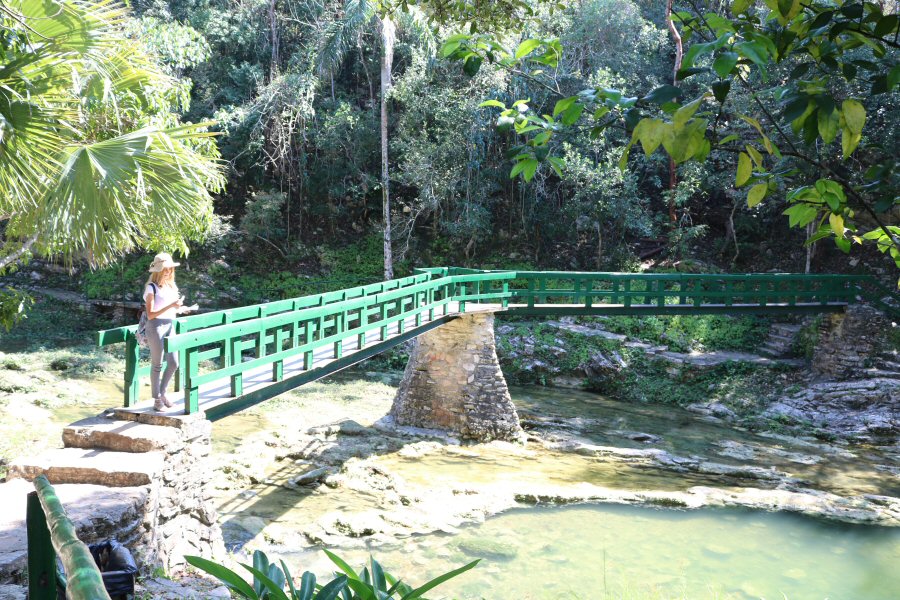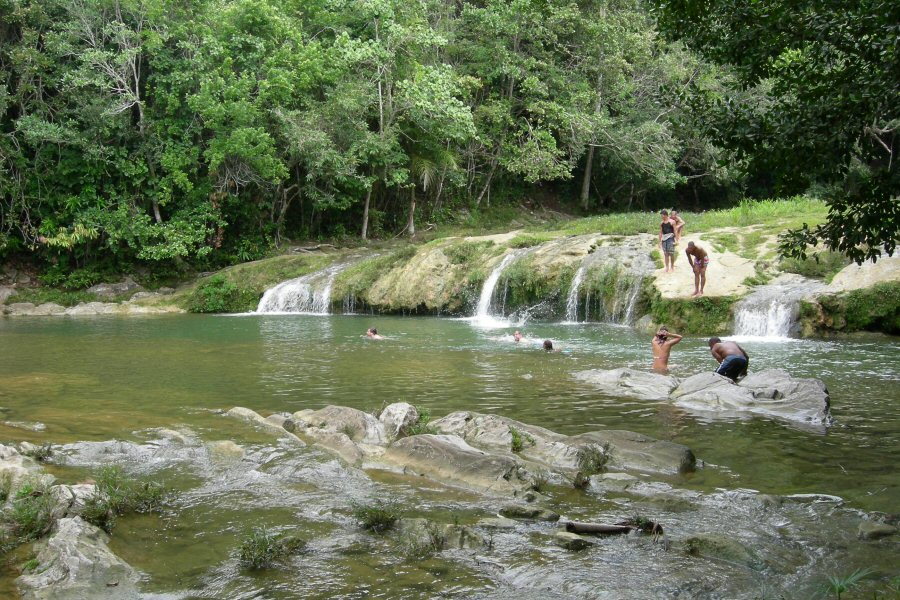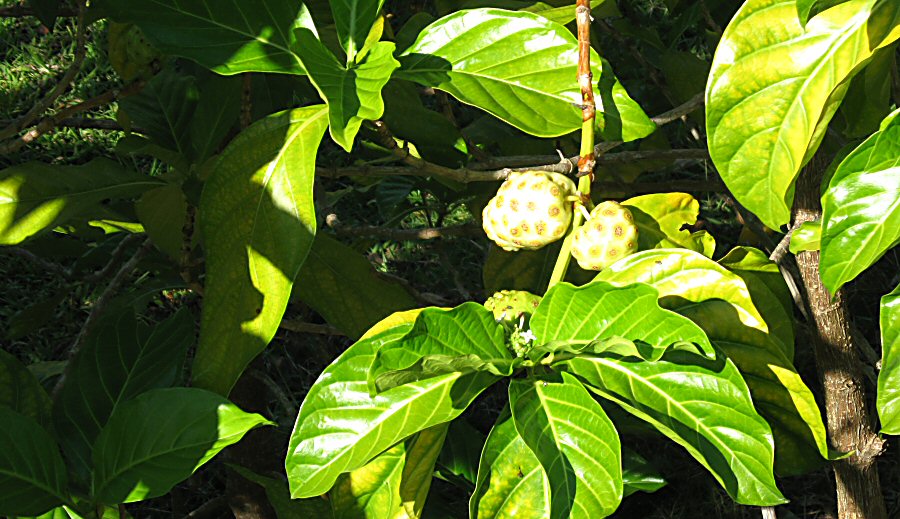
There are a variety of tourist spots, including Café Casa Maria,
a space ideal for gathering with Cuban families while enjoying a
delicious cup of coffee from the many varieties offered. From
its balcony, you can enjoy a beautiful view of the green area.
Another popular tourist spot is the camping site is El Taburete where you can enjoy a variety of recreational and sports activities, as well as the restaurant.
There are two main places to swim in the area: one on the San Juan River (Baños del San Juan) and the other on the Bayate River (Baños del Bayate). At the more popular Baños del San Juan, the river widens, forming a 3-meter-high waterfall. The area offers changing cabins, seating, and a cafeteria (El Bambú) where you can enjoy the stunning views.
Another asset of the region is the home of Cuban song writer and singer Fernando Borrego Linares (1955-2002), known as Polo Montañez.
When the Las Terrazas Complex was founded, Polo and his group began to operate in the different tourist facilities of the place, including the Moka Hotel, Rancho Curujey and the Buenavista Coffee Plantation. In that work, the owner of a record label met him and proposed a contract to record several albums. From there was born the CD Guajiro Natural of which more than 40.000 copies were sold in Colombia, so that he obtained Gold and Platinum Records and was recognized as the most listened to international artist. He became the third Cuban to be awarded a Platinum Record with his first CD "Guajiro Natural" (click to listen), which was followed by "Guitarra Mía". He is the author of more than 100 songs, singer of the typical sounds of the countryside; a real mythical figure for his history and simplicity.
At the Polo Montañez Singer-Songwriter House (Casa de Polo), the artist's photographs and awards are exhibited to keep his memory alive.
Two guided excursions are available in the area. One is a 3-hour (9 km) moderately difficult hike that begins at El Taburete campsite, passes through the ruins of the former coffee plantations of San Idelfanso and El Contento, and ends in Baños del San Juan. The other one is a 2.5-kilometer hike to north of San Juan Lake, to the best place for birdwatch in the area.
This privileged region is also the habitat of many animals unique in their species, such as the water lizard, one of the smallest frogs in the world, attractive songbirds, including the goatherd, the nightingale, and the tocororo, Cuba's national bird. Many migratory species also find refuge in this bountiful portion of land. It is argued that 131 species of birds can be seen in the region.
Don’t miss to use the canopy opportunity which is offered to see the Las Terrazas community and San Juan Lake with bird's eye view. It consists of eleven wooden platforms of various heights and connected by seel wires which take you on a downhill trajectory of 1.600 meters accompanieed by a guide.
There is also the tourist information center (Rancho Curujey), and the Ecological Research Center, responsible for ensuring the health of forest ecosystems in the region.
In 2006 the complex was awarded the National Conservation Award, and in 2020 it was declared a National Monument for its historical, natural and architectural value in Cuba.
Together with the declaration as a National Monument, three contiguous protection zones were defined:
Another popular tourist spot is the camping site is El Taburete where you can enjoy a variety of recreational and sports activities, as well as the restaurant.
There are two main places to swim in the area: one on the San Juan River (Baños del San Juan) and the other on the Bayate River (Baños del Bayate). At the more popular Baños del San Juan, the river widens, forming a 3-meter-high waterfall. The area offers changing cabins, seating, and a cafeteria (El Bambú) where you can enjoy the stunning views.
Another asset of the region is the home of Cuban song writer and singer Fernando Borrego Linares (1955-2002), known as Polo Montañez.
When the Las Terrazas Complex was founded, Polo and his group began to operate in the different tourist facilities of the place, including the Moka Hotel, Rancho Curujey and the Buenavista Coffee Plantation. In that work, the owner of a record label met him and proposed a contract to record several albums. From there was born the CD Guajiro Natural of which more than 40.000 copies were sold in Colombia, so that he obtained Gold and Platinum Records and was recognized as the most listened to international artist. He became the third Cuban to be awarded a Platinum Record with his first CD "Guajiro Natural" (click to listen), which was followed by "Guitarra Mía". He is the author of more than 100 songs, singer of the typical sounds of the countryside; a real mythical figure for his history and simplicity.
At the Polo Montañez Singer-Songwriter House (Casa de Polo), the artist's photographs and awards are exhibited to keep his memory alive.
Two guided excursions are available in the area. One is a 3-hour (9 km) moderately difficult hike that begins at El Taburete campsite, passes through the ruins of the former coffee plantations of San Idelfanso and El Contento, and ends in Baños del San Juan. The other one is a 2.5-kilometer hike to north of San Juan Lake, to the best place for birdwatch in the area.
This privileged region is also the habitat of many animals unique in their species, such as the water lizard, one of the smallest frogs in the world, attractive songbirds, including the goatherd, the nightingale, and the tocororo, Cuba's national bird. Many migratory species also find refuge in this bountiful portion of land. It is argued that 131 species of birds can be seen in the region.
Don’t miss to use the canopy opportunity which is offered to see the Las Terrazas community and San Juan Lake with bird's eye view. It consists of eleven wooden platforms of various heights and connected by seel wires which take you on a downhill trajectory of 1.600 meters accompanieed by a guide.
There is also the tourist information center (Rancho Curujey), and the Ecological Research Center, responsible for ensuring the health of forest ecosystems in the region.
In 2006 the complex was awarded the National Conservation Award, and in 2020 it was declared a National Monument for its historical, natural and architectural value in Cuba.
Together with the declaration as a National Monument, three contiguous protection zones were defined:
- To the northeast, where the ruins of the Santa Susana, La Ermita, La Mariana and San Carlos coffee plantations are located. It is an area that witnessed several battles during the War of Independence.
- To the northwest, where the San Andrés, San José, Oleaga and Liberal coffee plantations are located. There is the Mulo hill where numerous runaways took refuge. It is also a place where century-old specimens of the ylang ylang (Cananga odorata), a tree native to India, grow.
- El Salón hill, the highest hill in the mountain range (544 meters above sea level).
